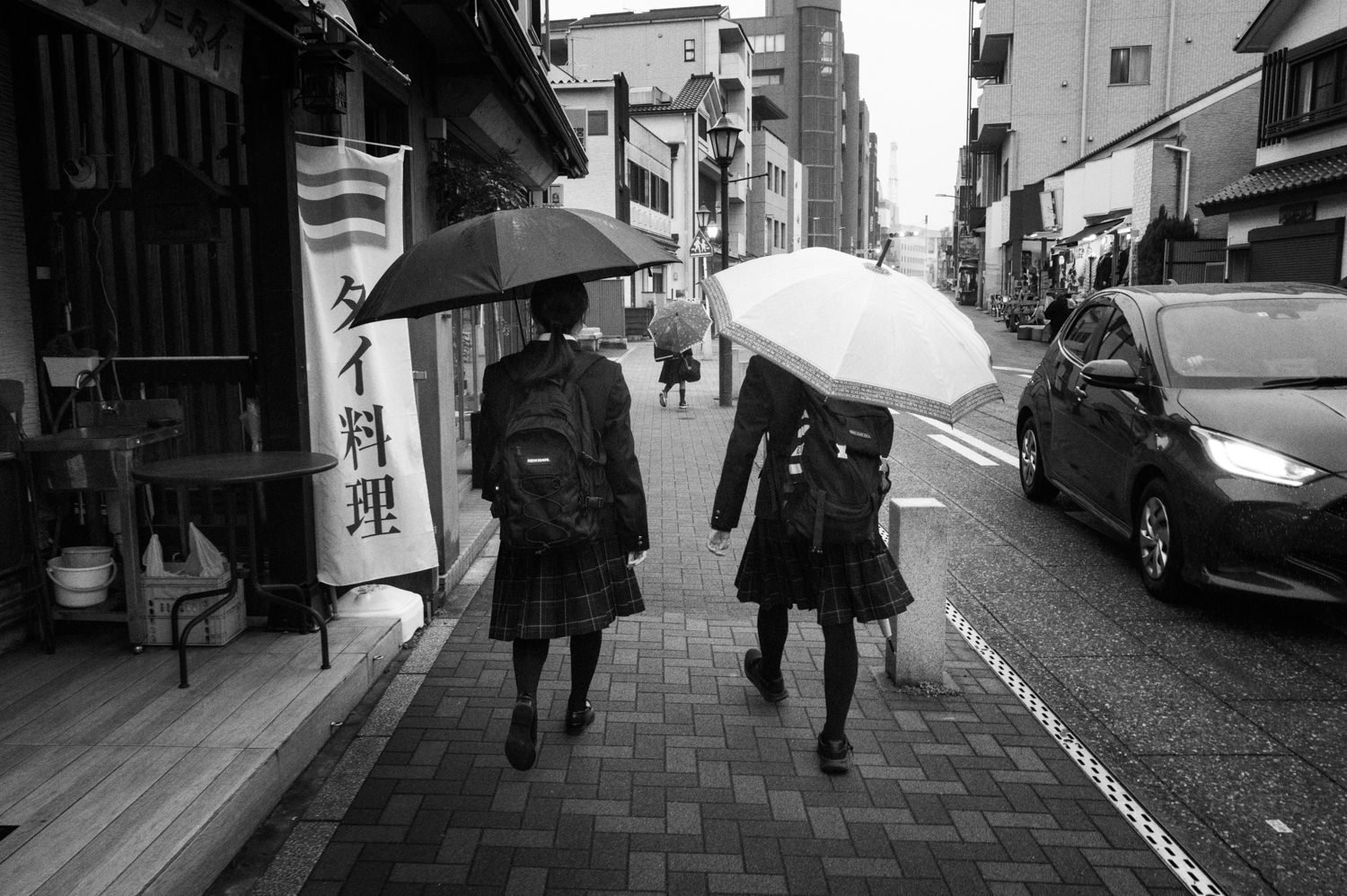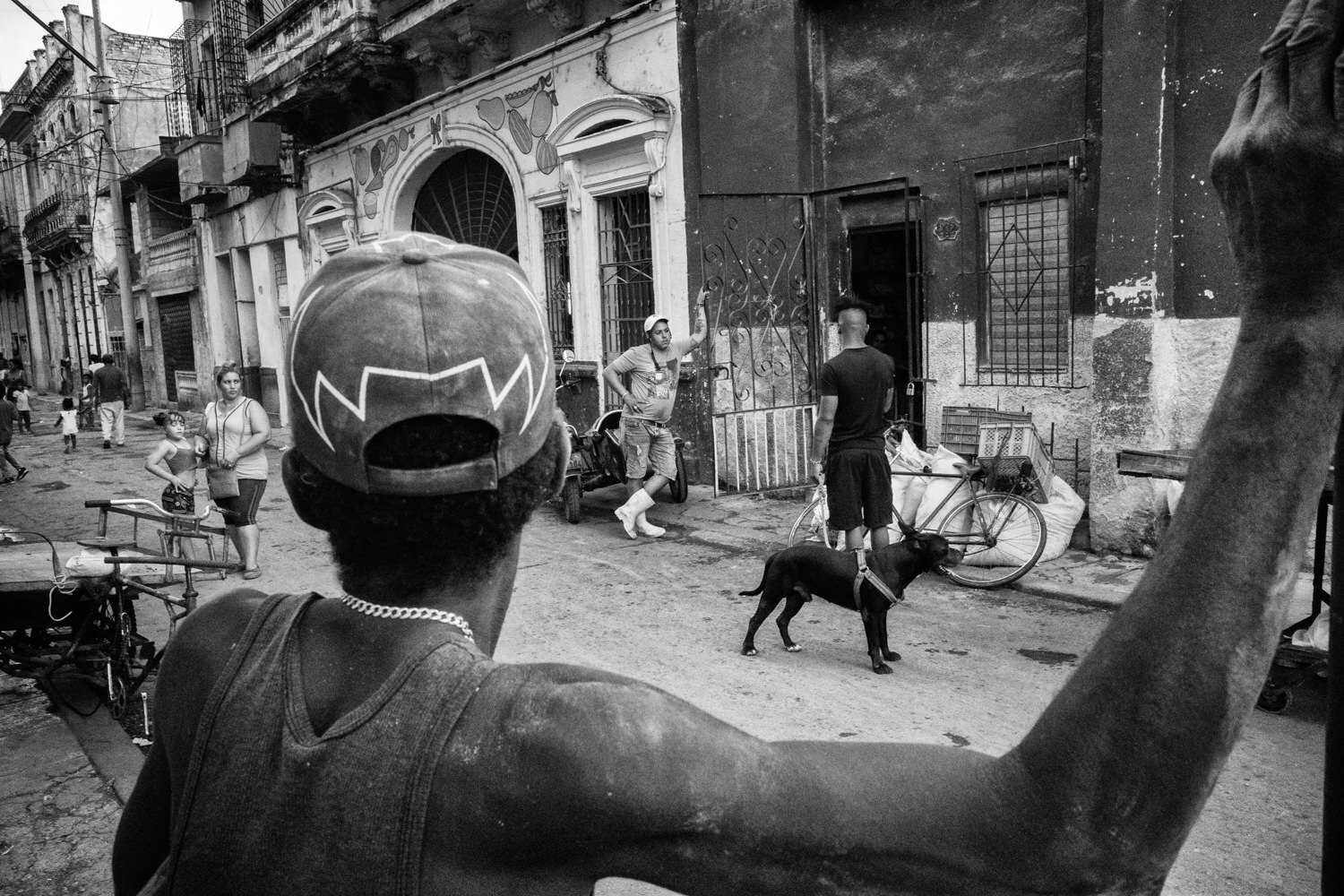In each of these places—Tokyo, Rome, Hong Kong, Naples, and Havana—street photography remains my invitation to dive deeper. It’s not about capturing perfect compositions but rather discovering the quiet truths hidden within the everyday, the silent poetry of people simply being themselves.
I’ve taken photographs in many Italian cities and around the world, and each journey shapes my understanding of this extraordinary tapestry we all share.
The Invisible Observer: Cultivating Empathy and Respect
Garry Winogrand once said he photographed things “to see what they look like photographed.” I’ve always found a deeper layer to that idea. Being “invisible” as a photographer is not about hiding in the shadows; it’s about immersing yourself so completely in the scene that you become a seamless thread in the urban tapestry. The more I blend in, the more genuine and heartfelt my images become.
Sensitivity and Consent: While street photography often captures spontaneous moments, there’s a line between participation and intrusion. Over time, I’ve learned to communicate through body language—a courteous smile, a respectful nod. The goal isn’t to exploit someone’s vulnerability, but to honor it, to celebrate what makes us human in these unguarded flashes of life.
Embracing the Digital Age: Challenges and Opportunities
The transition from film to digital has ushered in an era where nearly everyone has a camera in their pocket. Though this has democratized photography, it also means we’re inundated with snapshots fighting for attention. In this sea of images, the power of a truly evocative street photograph remains profound—it transcends social media noise.
Instant Feedback, Endless Exploration: Digital allows us to review, tweak, and push creative boundaries immediately. This instant critique helps photographers refine their craft faster than ever.
Global Community: Platforms like Instagram and specialized forums connect street photographers worldwide. We exchange ideas, critique each other’s work, and collaborate. And while the onslaught of images can be overwhelming, it also fosters cross-cultural pollination of ideas—an enriching, vibrant dialogue shaping the future of the genre.
The Emotional Core: When Light Meets Soul
At its heart, street photography is an emotional endeavor. Each image is a small poem, a visual reflection of our collective humanity. It’s an opportunity to connect with strangers, to delve into their worlds—even if only for the briefest moment—and feel what they feel.
Photographing a woman laughing with her daughter on a park bench or a solitary commuter lost in thought on the subway, I’m reminded again and again that we’re all part of a larger tapestry of existence. With every press of the shutter, I’m inviting the world to see what I see and to feel a spark of empathy for someone they’ve never met. It’s this emotional electricity, this quiet sense of wonder, that keeps me returning to the streets, day after day.







